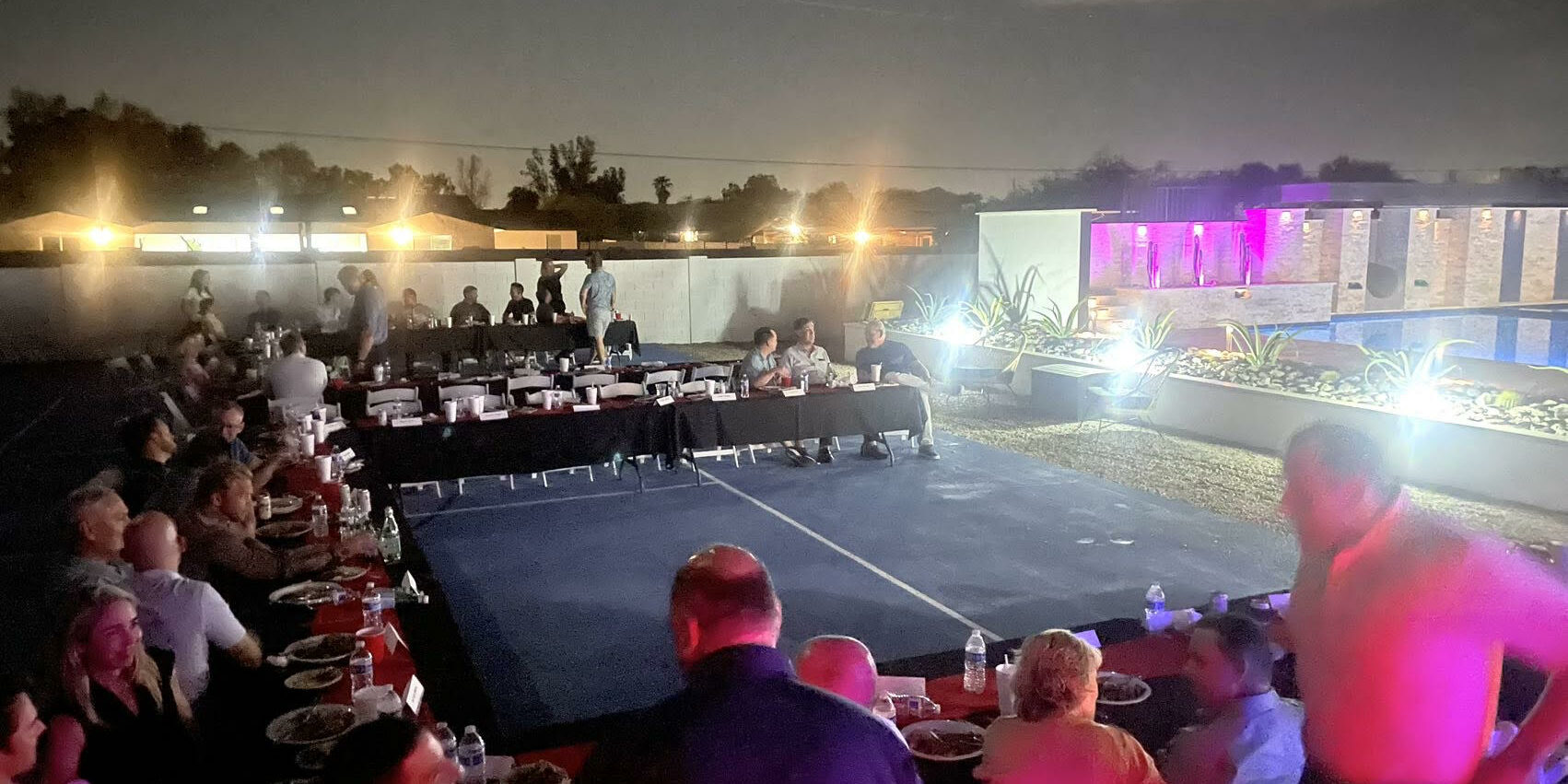If you’ve ever visited a Japanese restaurant, you’ve likely encountered the terms Hibachi and Teppanyaki. While both involve grilling food, there are significant differences between Hibachi vs Teppanyaki in terms of cooking methods, equipment, and the overall dining experience. In this guide, we’ll break down what sets these two styles of Japanese grilling apart, so you can understand which one is right for you.
What is Hibachi?
Hibachi refers to a traditional Japanese grilling method using a small, portable grill, usually powered by charcoal. The word hibachi literally translates to “fire bowl” in Japanese, and these grills are designed to cook food over hot coals, producing a smoky flavor.
In Japan, hibachi grills are often used for grilling yakitori (skewered chicken) or other meats, seafood, and vegetables. The key to hibachi cooking is simplicity, as it allows the natural flavors of the ingredients to shine through, without the need for heavy seasonings or marinades.
Key Characteristics of Hibachi Grills:
- Fuel Source: Charcoal (traditional method).
- Cooking Surface: Small, round grill with a grate.
- Cooking Style: Direct grilling over coals.
- Common Foods: Grilled meats, seafood, vegetables, and skewers.
In the U.S., the term “hibachi” is often mistakenly used to describe flat-top grills (like those used for teppanyaki). This can confuse many people who are unfamiliar with the authentic hibachi cooking style.
What is Teppanyaki?
Teppanyaki involves cooking food on a large, flat iron grill, known as a teppan (meaning “iron plate” in Japanese). Unlike hibachi, teppanyaki grills are typically powered by gas or electricity, and their larger surface allows chefs to cook a variety of dishes at once.
Teppanyaki chefs often prepare dishes like steak, shrimp, and lobster while performing cooking tricks in front of diners. The food is typically cooked with added seasonings such as soy sauce, garlic, and butter, and the cooking process itself is part of the entertainment.
Key Characteristics of Teppanyaki Grills:
- Fuel Source: Gas or electricity.
- Cooking Surface: Large, flat iron plate.
- Cooking Style: Stir-frying, searing, and grilling with sauces.
- Common Foods: Beef steak, shrimp, lobster, vegetables, fried rice, and noodles.
Teppanyaki is commonly found in Japanese steakhouses, where the chef’s performance adds excitement to the meal. It’s as much about the experience as it is about the food.
Hibachi vs. Teppanyaki: Key Differences
While both Hibachi vs. Teppanyaki involve grilling food, there are several important distinctions:
| Feature | Hibachi | Teppanyaki |
|---|---|---|
| Cooking Method | Grilling over an open flame | Cooking on a large, flat iron grill |
| Fuel Source | Charcoal (traditional) | Gas or electricity |
| Cooking Surface | Small, round grill with a grate | Large, flat cooking surface |
| Common Foods | Grilled meats, seafood, vegetables | Steak, shrimp, lobster, fried rice, noodles |
| Seasoning Style | Minimal seasoning or marinades | Stir-frying or searing with sauces and seasonings |
| Dining Experience | Casual and simple | Interactive and performance-based |
As you can see, Hibachi vs Teppanyaki isn’t just about the type of grill it’s about the whole dining experience. Hibachi is more traditional, focusing on grilled meats and vegetables, while teppanyaki offers an interactive show and uses a larger cooking surface.
Cultural and Dining Experience:
In terms of dining experience, hibachi is often used for simple grilling at home or during casual outdoor events. The focus is on the natural flavors of the food, cooked over hot coals with minimal seasoning. Teppanyaki, on the other hand, is popular in restaurants where the chef prepares food right in front of the guests, turning the cooking process into an entertaining spectacle.
If you’re looking for a fun, interactive experience with a lot of flair, teppanyaki might be the way to go. But if you prefer a more casual meal where the focus is on the smoky flavors of grilled meats, then hibachi might be your best choice.
Conclusion: Hibachi vs. Teppanyaki
In conclusion, Hibachi vs Teppanyaki boils down to the type of grill, the cooking method, and the overall experience. Hibachi grills use charcoal for a smoky flavor, cooking small cuts of meat and vegetables quickly over an open flame. Teppanyaki, however, uses a large flat grill and often involves stir-frying with sauces. Creating a more interactive and theatrical dining experience.
Now that you understand the differences. You can decide which grilling style best suits your preferences the next time you crave Japanese cuisine. Whether you go for the simplicity of hibachi or the excitement of teppanyaki, both offer delicious meals with unique flavors and experiences!



